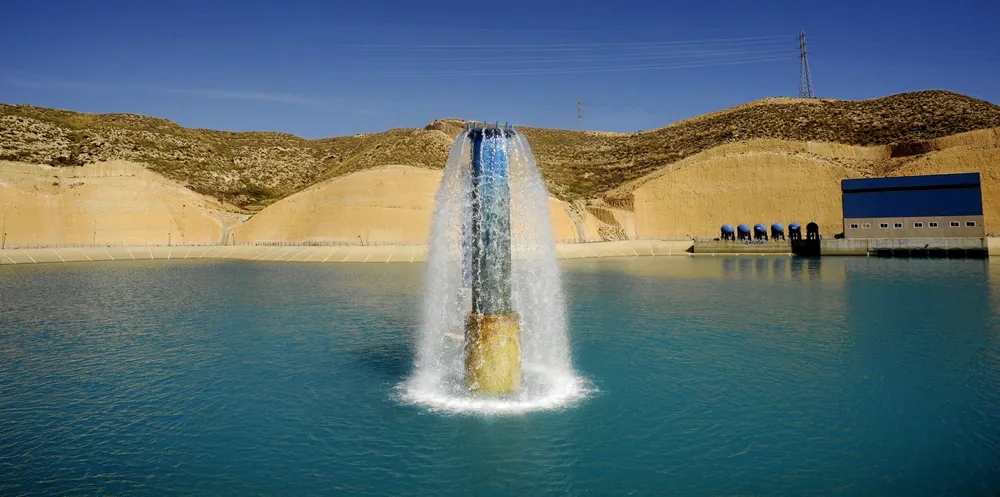'Vast majority' of green hydrogen projects may require water desalination, potentially driving up costs
Most of the 200GW-plus global pipeline is due to be built in arid water-stressed regions, says analyst Rystad Energy

Most of the 200GW-plus global pipeline is due to be built in arid water-stressed regions, says analyst Rystad Energy
